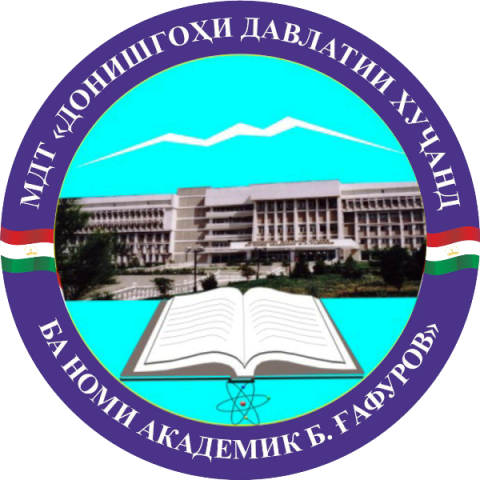2022
HISTORICO-LEGAL FACTS OF FORMATION AND DEVELOPMENT OF CRIMINAL INVESTIGATION DEPARTMENTS IN CENTRAL ASIA (1918-1924)
 
Authors:Yusufzoda Azimjon Yusuf, candidate of historical sciences, head of the department of operative and investigative activities of the Faculty No. 4 of the Academy of the Ministry of Internal Affairs of the Republic of Tajikistan (Tajikistan, Khujand)
JOURNAL NUMBER: 2(71). YEAR OF ISSUE: 2022.  LANGUAGE OF THE ARTICLE: Russian
 ANNOTATION
The article provides a historical and legal analysis of the formation and development of the criminal investigation apparatus in the Turkestan ASSR in the period from 1918 to 1924. It is underscored that, after the establishment of Soviet power, on November 28, 1918, people's commissariats of internal affairs (NKVD) were founded on the territory of Turkestan in order to ensure public order, the safety of the population and the protection of state facilities. Taking into account the turbulent political and criminal situation in the region, the necessary measures were taken to organize criminal investigation bodies under the NKVD of Soviet Turkestan. It is mentioned that the creation of the criminal investigation apparatus of the police in the Turkestan Autonomous Soviet Socialist Republic, due to the lack of organizational experience, trained personnel from the worker-peasant environment, especially from representatives of the local nationality, as well as instructions regulating the activities of the criminal investigation departments, was somewhat delayed. It is emphasized that in order to facilitate the work on organizing criminal investigation bodies in the Central Asian region, training courses for operational-search personnel were organized at the expense of local police officers and instructions were issued that corresponded to the social and legal situation of this region. Measures were also taken to disseminate forensic knowledge, since in those years people's judges, most of whom did not have special education, were investigating crimes. It is determined that, despite great difficulties, until 1924 the criminal investigation bodies in Turkestan helped to reveal and reduce crime among the population. It is noted that with the formation of the national republics of Central Asia in 1924, the NKVD of the Turkestan Republic and all its structural divisions, including the criminal investigation department, were liquidated. Based on the materials studied, it is concluded that the criminal investigation department in the period from 1918 to 1924 was one of the main divisions of the police in the Turkestan Republic and, basically, it was this police division that fought against all types of crimes committed on the territory of the republic.
 
KEY WORDS
NKVD, militia, criminal investigation department, Main Police Department, instruction, law, investigation, crime, lawmaking
 ðÉð¢ð│ð╗ð©ð╣Ðüð║ð©ð╣
ðÉð¢ð│ð╗ð©ð╣Ðüð║ð©ð╣
 ðóð¥ÊÀð©ð║Ëú
ðóð¥ÊÀð©ð║Ëú  ðáÐâÐüÐüð║ð©ð╣
ðáÐâÐüÐüð║ð©ð╣ 
